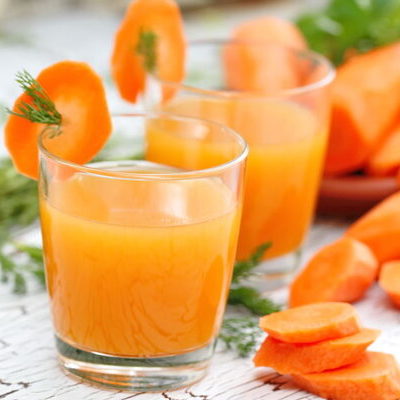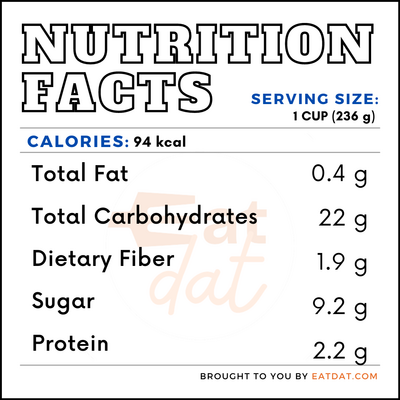
Carrot Juice
What is Carrot Juice?
Carrot juice is the liquid extract of the carrot vegetable. This juice is obtained from blending carrots and straining their liquid or using a juicer. Carrot juice is a well-known drink in the health food world as it contains many vitamins and minerals.
- It is also a common ingredient in a variety of fruit and vegetable juices.
- Modern juice brands have helped to make carrot juice popular with the use of specific pricing, packaging, and marketing strategies.
The top seven best carrot varieties to grow at home include:
- Deep Purple Hybrid
- Imperator 58
- Kaleidoscope
- Little Fingers
- Lunar White
- Parisian Heirloom
- Purple Dragon
Origin of carrot juice
The carrot originated in Afghanistan and Iran with its first record of use in 3,000 BC. From Afghanistan, people transported and sold carrot seeds to Arabian, Asian, and African regions. When carrot seeds arrived at these new locations, the occupants of the lands began to generate new types of carrots through crossbreeding. There were many colors of carrots back in the ancient days including red, purple, white, and black. The orange-colored carrot that we know today was not even available back then.
Carrots were important in Egyptian culture and many of them were found in the tombs of Egyptian rulers. Purple carrots were the most popular in Egypt, where these vegetables were used as food and medicine. In 100 BC, carrots moved from Egypt to Rome and Greece, where they were also used as medicine with various herbs. By the 1300s, carrots had spread all the way to Japan. At the end of WWI, carrots became popular in the US when American soldiers returned with stories of European dishes including this vegetable. Today, this vegetable juice is one way people still consume carrots.
Function
Carrot juice has many uses. The leftover pulp from this juice can be used in smoothies. People can also mix carrots with other fruits like pineapple, orange, and mango while making juice. Savory dishes like salads, scrambled eggs, and pasta are other great ways to use this drink.
Nutrition
A one cup serving of this juice contains:

This juice has several health benefits. Here are some of them:
- It enhances bile secretion, which is good for the metabolism.
- This drink might help improve your skin health.
- It can reduce cholesterol, as it is a good source of potassium.
- This veggie juice can strengthen the immune system and fight infections.
- This juice can help to improve eyesight due to its beta-carotene content.
Carrot has no significant side effects. However, it’s best not to overdrink it. Excess consumption may turn your skin orange due to the levels of beta-carotene present in the juice.
Commercial production
The commercial production of this juice involves the mechanical pressing of mashed carrots. This process yields a slightly cloudy juice and carotene-rich mash. The juice and the mash go through further processing and enzyme treatment. This juice is usually preserved by pasteurization because of its low acidity. Pasteurization increases the shelf-life of the juice.
The calculated gross value for fresh carrot production is $10,600 per acre from price averages and recent statistics. The production value of carrots for fresh consumption and processing in the United States was approximately $733 million in 2018. China is the world’s largest producer of carrots.
Application
This veggie juice is easy to make using the follow steps:
- First, wash the carrots and chop them into smaller sizes.
- Then, add them into a blender.
- Next, add filtered water to the carrots in the blender. Pour enough water to cover the carrots halfway.
- Blend the mixture till all the components are mashed together.
- Finally, pour the mash into a nut milk bag and squeeze out the juice.
Homemade juice can last for two days, if placed inside a sealed container in the refrigerator. If you plan to store this juice like this, you should stir in a heaping tablespoon of lemon or lime juice to keep it from oxidizing. This juice can last for about 9 to 12 months in the freezer. It’s vital to store fresh and store-bought juice properly, as improper storage may lead to botulism.
Carrot juice recipes
There are several ways to make this beverage. Here are five recipes you can try:
- Carrot Juice
- Carrot and Orange Juice
- Carrot Pineapple Juice
- Mango Carrot Smoothie
- Cucumber Carrot Orange Juice
FDA regulation
The Food and Drug Administration classifies carrots as a raw agricultural commodity and regulates their growing, harvesting, and packing. The organization has a standard of identity for the carrot and defines it as the root of the carrot plant. The FDA has also calculated the labeled percentage of this juice from its concentrate or beverage using Brix levels. The minimum Brix level for 100 percent is 8.0.
References
Dunn, Jeffrey. “The CEO of Bolthouse Farms on Making Carrots Cool.” Harvard Business Review, Harvard Business Publishing, 9 Apr. 2020, hbr.org/2015/10/the-ceo-of-bolthouse-farms-on-making-carrots-cool.
Higuera, Valencia. “8 Carrot Juice Benefits for Your Eyes, Skin, and More.” www.healthline.com, Healthline Media, 11 May 2017, www.healthline.com/health/carrot-juice-benefits.
“CFR – Code of Federal Regulations Title 21.” accessdata.fda.gov, US Food and Drug Administration, 1 Apr. 2019, https://www.accessdata.fda.gov/scripts/cdrh/cfdocs/cfcfr/CFRSearch.cfm?fr=112.1&SearchTerm=carrot
